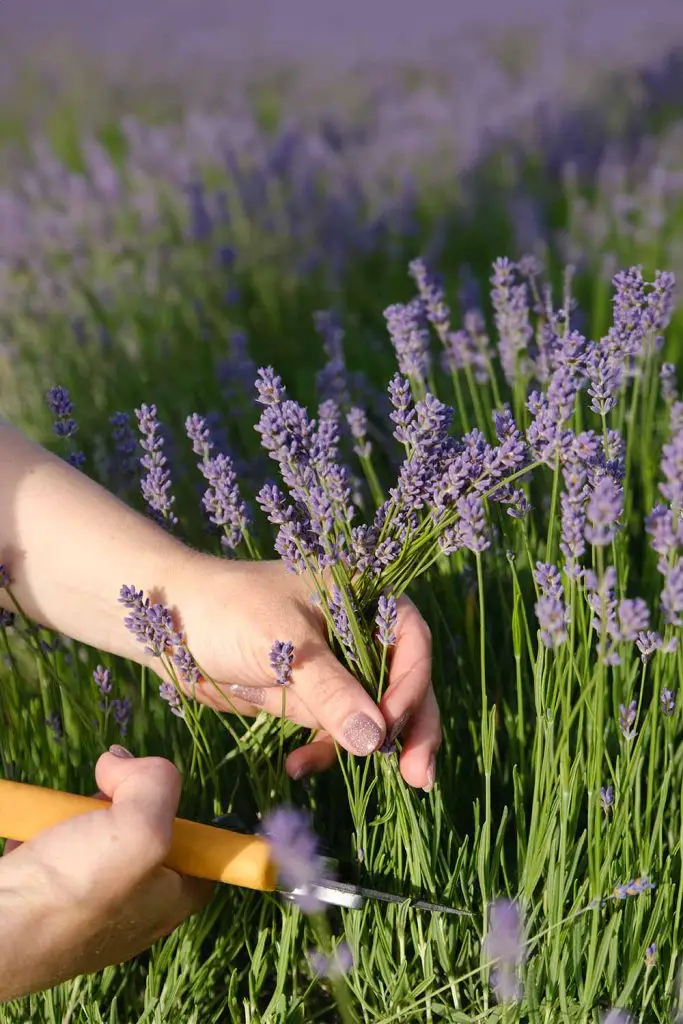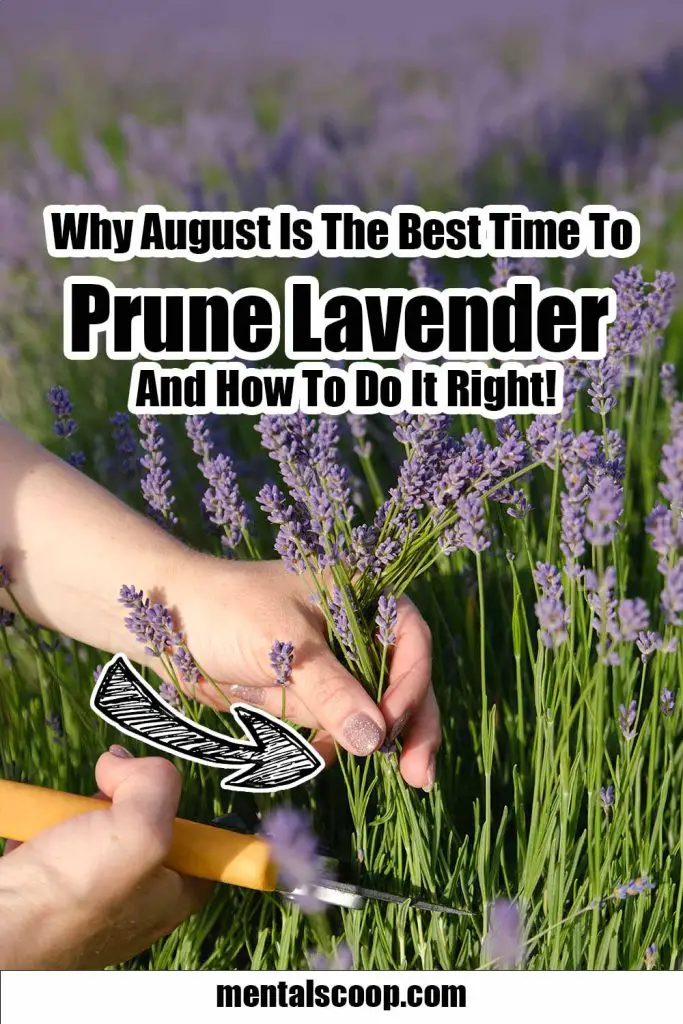Why August Is The Best Time To Prune Lavender And How To Do It Right!

Lavender, known for its calming fragrance and vibrant purple blooms, is a staple in gardens worldwide. However, to keep your lavender thriving and blooming beautifully year after year, proper pruning is essential.
While many gardeners get this timing wrong, August is the prime month for pruning lavender, and doing it correctly can make all the difference. In this guide, we’ll explore why August is the best time to prune lavender and provide detailed instructions to ensure you prune it the right way.
Understanding Lavender Growth: Why Timing Matters
Lavender plants are unique in their growth cycle, which makes timing your pruning essential. Lavender is a perennial, meaning it grows back year after year, but its woody base needs care to prevent it from becoming leggy or sparse.
August is a critical time because it falls right after the blooming season. Pruning during this period encourages fresh growth before winter, setting the stage for a healthy, full bloom the following summer.
Pruning too early or too late can either stunt growth or cause frost damage, leading to weak or underperforming plants.
The Impact Of August Pruning On Bloom Cycles
Lavender blooms from late spring to mid-summer, with most varieties putting on their show in June and July. By August, those beautiful blooms begin to fade, and this is the plant’s signal that it’s ready for its next phase of growth.
Pruning in August helps prepare the plant for dormancy by redirecting energy from spent flowers back into root and foliage development. This not only leads to a healthier plant but also ensures a fuller, more abundant bloom next year.
How August Pruning Prevents Woody Growth
One of the biggest challenges with lavender is its tendency to develop a woody base as it ages. Left unpruned, lavender can grow spindly, with weak stems that don’t support the vibrant blooms lavender is known for.
August pruning helps control this by cutting back the plant before it becomes overly woody. This encourages more soft, green growth that will produce flowers rather than just stems. Over time, consistent August pruning can extend the lifespan of your lavender, keeping it vibrant for many years.
Tools You Need for Pruning Lavender
Before you start pruning, it’s essential to have the right tools. A good pair of sharp pruning shears is a must; dull blades can crush or tear the lavender stems, making the plant more vulnerable to disease. For larger lavender bushes, hedge shears can also be useful for an even cut.
Lastly, it’s always a good idea to have gloves, especially if you’re working with larger plants, to avoid irritation from the oils in the lavender stems. Disinfect your tools before pruning to prevent spreading any diseases.
Step-by-Step Guide To Pruning Lavender In August
- Step 1: Wait for the blooms to fade. Make sure most of the blooms have faded before you begin pruning. In August, the flowers will be spent but the plant is still active.
- Step 2: Identify the green growth. Lavender has both woody stems and green growth. When pruning, it’s important to cut back to just above where the green growth starts. Avoid cutting into the woody part, as this won’t regenerate.
- Step 3: Trim one-third of the plant. For most lavender varieties, you want to remove about one-third of the plant’s overall size. This keeps the plant compact and encourages dense foliage.
- Step 4: Shape the plant. Lavender looks best when it has a rounded, mound-like shape. Trim evenly around the plant, ensuring no section is left too long or uneven.
- Step 5: Clean up. Remove all trimmings from the ground to prevent pests and disease.
Avoid Common Lavender Pruning Mistakes
- Pruning too late in the season: Pruning in late fall or early winter leaves your lavender vulnerable to frost damage. By pruning in August, you give the plant time to recover before cold weather sets in.
- Cutting into woody stems: It’s tempting to cut the entire plant back, but lavender’s woody stems don’t regenerate like its green growth. Always leave some green on the plant to ensure it can continue to grow.
- Pruning too little: If you’re timid about cutting too much, you might end up with a leggy plant. Don’t be afraid to take off one-third of the plant, especially if it’s healthy and vigorous.
The Benefits Of Pruning Lavender In The Heat Of August
Pruning in August, while the plant is still in active growth, allows it to recover before winter. The warmth and sunlight of late summer ensure that lavender can continue to photosynthesize and grow new shoots.
This period of recovery is vital for strengthening the plant’s root system, making it more resilient to winter dormancy and capable of producing a more robust bloom the following year.
Aftercare For Your Lavender Post-Pruning
Once your lavender is pruned, give it some aftercare to help it bounce back:
- Water lightly. Lavender doesn’t like being waterlogged, so only water if the soil is dry.
- Mulch sparingly. A light layer of mulch can help retain moisture, but too much can smother the roots.
- Monitor for pests. After pruning, check for pests like aphids, which can sometimes target weakened plants.
- Fertilize cautiously. Lavender is a light feeder, so avoid heavy fertilizers after pruning. A light dose of organic compost is sufficient.
Lavender Varieties And Pruning Adjustments
Different varieties of lavender may require slight adjustments in pruning. English lavender (Lavandula angustifolia) is the most common and responds well to annual August pruning.
However, French lavender (Lavandula dentata) and Spanish lavender (Lavandula stoechas) may bloom earlier and may need an earlier pruning schedule.
For these varieties, a second, lighter pruning in late spring can help maintain shape, followed by a more substantial August prune. Always tailor your pruning to the specific needs of the variety in your garden.
Pruning lavender may seem daunting, but it’s an essential part of maintaining a healthy, vibrant garden. By pruning in August, you’re taking advantage of the plant’s natural growth cycle, ensuring it remains strong, bushy, and full of blooms year after year.
Follow these steps, avoid common mistakes, and you’ll be rewarded with lush lavender plants that thrive, not just survive. Happy pruning!

More interesting articles you may be interested in reading:

